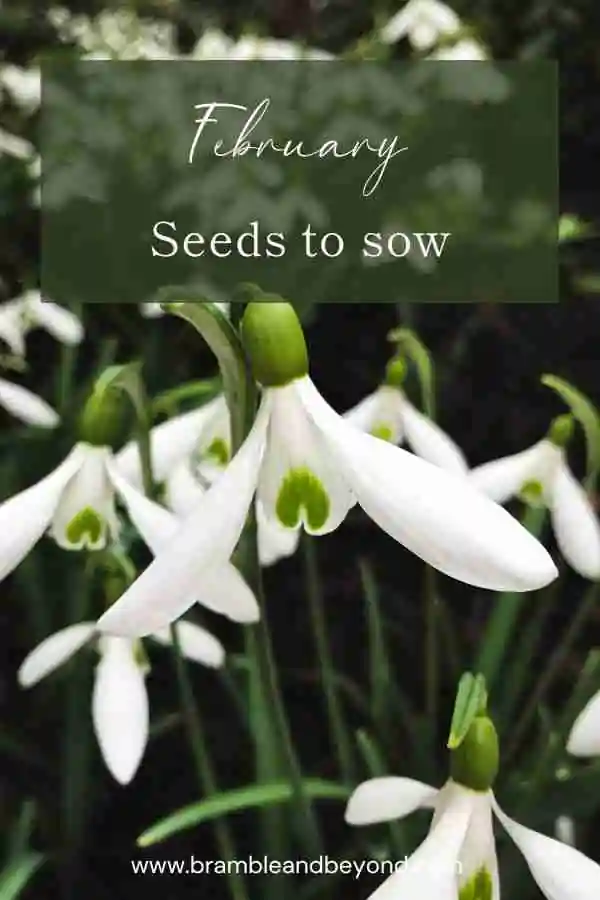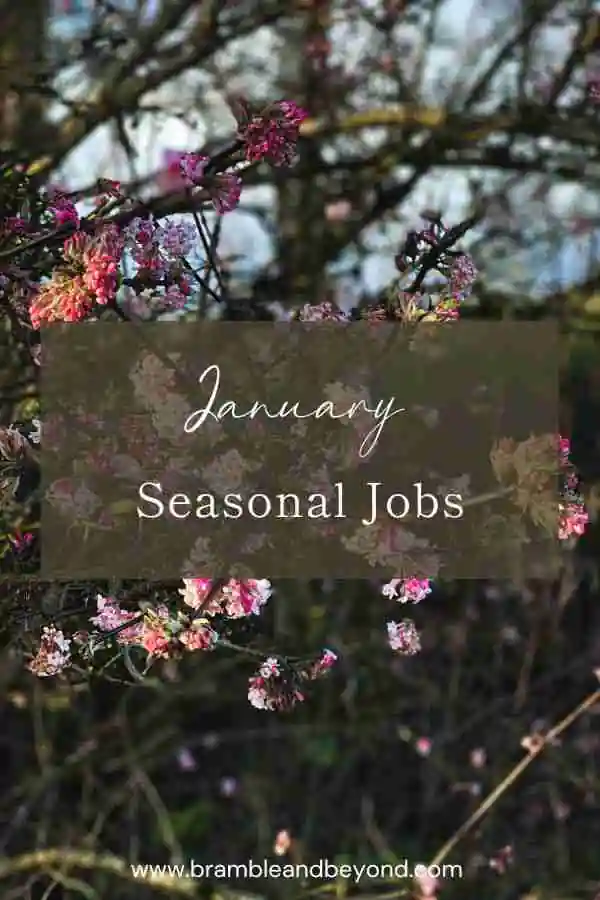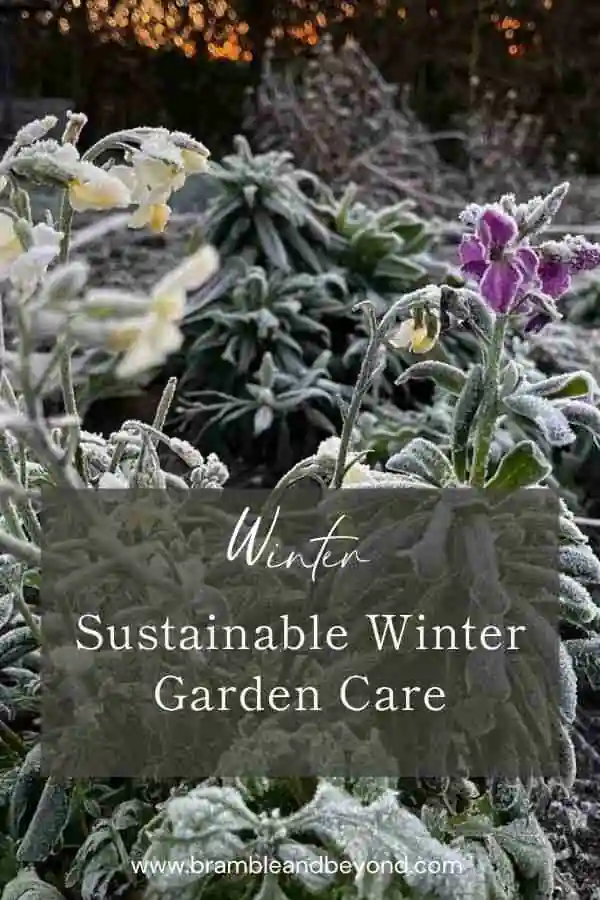Disclosure: This post may contain affiliate links, meaning I get commission if you decide to make a purchase through my links, at no cost to you. Please read my Affiliate Disclosure for more information.
Growing your own cut flowers can be a rewarding and enjoyable hobby. Not only do they add beauty to your home and garden, but they also provide a sustainable way to enjoy fresh flowers all season long and you can get a head start with this list of seeds to sow in February.
In general, seeds need 10 hours of light to germinate. This starts to happen in the UK around the 15th of February. In the South, it could be a few days sooner and further North a few weeks later. So only start to sow your hardy annual and perennial seeds after this point.
If you have patience, it is still better to wait until March, as most seeds will soon catch up with the seeds sown in February. However, there are a few exceptions.
Why sow seeds in February
Any flowers I sow in February will need to serve a few purposes:
- To supplement my late spring bouquets – This means fillers that combine well with my spring bulbs.
- To help fill the June flower gap – when the bulbs and ranunculus finish and before the roses and peonies get going, there are thin pickings in the flower garden. Anything that can be in flower at this time is helpful.
- To start seeds that take a long time to establish themselves and flower.
If the seeds don’t fulfil any of the above requirements they can wait until March. If my autumn hardy annual and biennial plantings have gone well, I won’t need much extra, but if they have failed or I have lost some, I will plant a few more now. I won’t sow a lot, as I will plant the main crop later in spring, but something to get going and hopefully get an earlier flower.
When to start sowing your seeds
As I mentioned earlier, seeds need, on average, 10 hours of daylight to germinate, so starting to sow when the daylight hours are less than this is a risk.
The low light and cold temperatures make it more difficult for the seeds to grow. Check the day light length for your location here.
Most of the seeds you will be sowing as a cut flower grower will still need to wait until the last frost date before you can plant them outside. You can find your expected last frost date here.
I am in Zone 8 in the UK, so the last frost could be as late as the 10th of May. This means I’m not looking to start my sowing in earnest until at least the 1st of March. This is because the average annual seed takes 12 weeks from sowing to flower, and the plant needs to be in its final position outside at least two weeks after the last frost.
I’ve seen many US flower farmers starting their seed sowing now (January/February) under artificial light and warmth. This gives the home flower grower a false sense of security.
Flower farmers generally have large greenhouses or polytunnels, so they have somewhere that they can grow their plants on in warmth after germinating. Unless you have this protected space to grow your seeds, then please hold fire and wait until March to start sowing in earnest.
If you can’t be patient and are desperate to start sowing, then the few seeds worth starting early are those that are slow to germinate or grow.
If you didn’t sow any seeds in January, you could still sow them in February. Check out this article for the seeds you can sow in January.
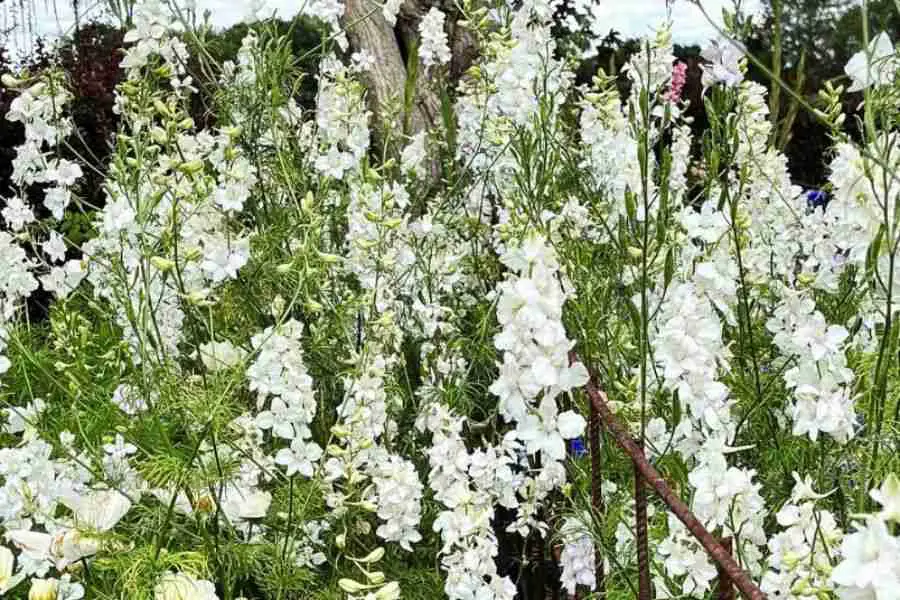
Flowers seeds to sow in February
Hardy annual flowers are a great choice for sowing in February. You should get them to a big enough size to risk planting them out a few weeks before the last frost date. As they are hardy, they should be able to withstand a few light touches of frost.
Some of the best hardy annuals to sow in February include Larkspur, Sweet Peas, Scabiosa, Cerinthe Major, Amaranthus, Stock, and Snapdragons (Antirrhinum).
Larkspur
Larkspur (shown above) is a fabulous towering spike flower useful for any floral arrangements and is also great for drying.
Larkspur are somewhat tricky to germinate and often need a stint in the cold to get going. This makes them ideal for starting off in an unheated greenhouse at this time of year.
Sweet Peas
Sweet peas are a classic cut flower hardy annual with a delicate and sweet fragrance. They come in various colours and are something you wouldn’t be able to get from your florist or local supermarket, which puts them high up on the list of must-haves.
Scabiosa
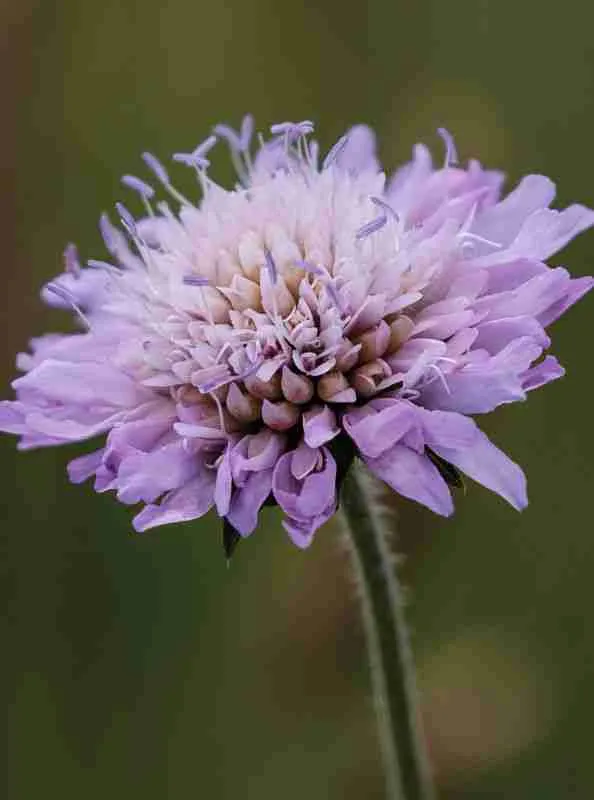
Scabiosa, also known as pincushion flower, is a cut flower that has a round, dome-shaped flower with a central disc of small, tightly packed florets. The petals are often frilly or ruffled and come in various colours, including white, pink, purple, and blue.
The stems are typically tall and slender, making them ideal for a cut flower and have a long vase life.
These were missing from my list of flowers to grow in my first season of growing cut flowers. But, after drooling over many pictures of bouquets, I realised I had to give them a go.
They also have fabulous seed heads, particularly Scabiosa Ping Pong, which dry well.
Cerinthe Major
Cerinthe Major, also known as Honeywort, is a cut flower with nodding, tubular, velvety blue-purple flowers surrounded by blue-green lance-shaped leaves.
They make a great addition to a cut flower arrangement as foliage or filler and blend well with most colour palettes. But, again, you would not get this from a florist, so their unusual flower and foliage add magic to an arrangement.
Cerinthe Major is sometimes quite tricky to grow. However, once they are in a position they enjoy, they will self-seed happily for years.
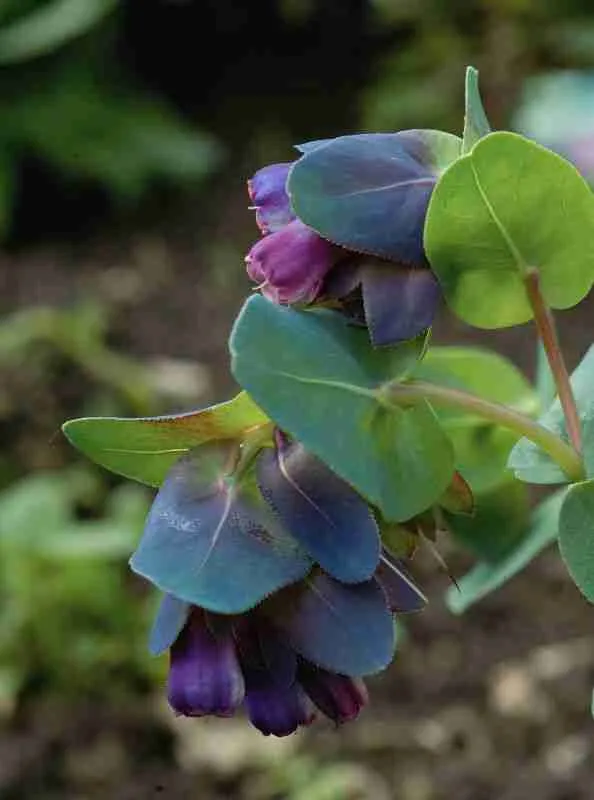
Amaranthus
Amaranthus, also known as Love-lies-bleeding or Tassel Flower, acts as foliage in a flower arrangement. It has long, drooping tassels in red, orange, yellow, and purple shades. The flowers have a long vase life.
Amaranthus is often used in dried flower arrangements or as a bold accent in fresh bouquets and floral arrangements.
Stock
Stock, also known as Matthiola incana, is a cut flower with spikes of fragrant, four-petaled flowers in shades of pink, purple, red, white and bi-colours. The flowers are very fragrant, and the stems are tall and sturdy. Stock flowers are known for their long vase life.
They flower in late spring to summer and take a long time to germinate, so getting them started early is worthwhile.
They are used as filler in bouquets and floral arrangements. They are also great in dried flower arrangements.
Snapdragons (Antirrhinum)
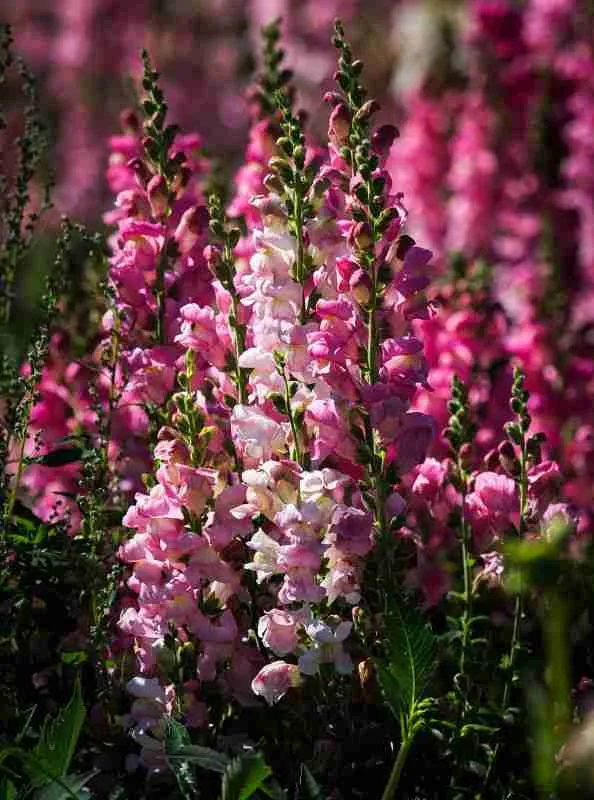
Snapdragons add a massive amount of interest and drama to a flower arrangement. Their tall spires are a fantastic addition. Whether you choose deep jewel colours or dreamy pastels, there is something for everyone.
Unfortunately, snapdragons take ages to grow for me. They will remain tiny seedlings for months. Because of that, I get these started as soon as possible, ideally in an autumn sowing.
Get Ready to Grow
A cut flower garden has to be productive, so maintaining a constant supply of flowers is vital. However, with just the right amount of patience and effort, you can have beautiful flowers all summer long!
February is the ideal month to ensure you have everything you need so that come spring, you are ready to bloom. So if you have sown whatever seeds you can, take a look at the some of the tasks you could be doing this February.
If you are ready to buy your seeds I have all of the easy cut flower seeds to grow in my shop. Shop Now

